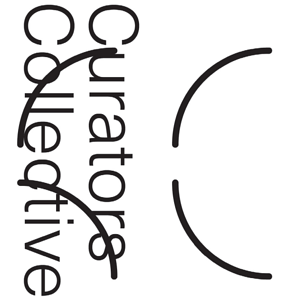As the 2021 edition of Venice Biennale draws to a close, the Curators Collective (CC) is looking to the future.
Established with the intention of turning the pandemic-induced postponement of the 17th Architecture Biennale into an opportunity for positive change, the CC is a unique network formed of more than 50 National Pavilion curators and collaborators. Emerging from the one-year postponement of the Biennale, this is the first time in the history of the Venice Biennale that an international coalition of architects, researchers, writers and artists have come together in this way. The focus of the CC was to provide support, solidarity and opportunities for collaboration while interrogating and discovering potential answers to the core question of the Biennale: “How can we live together?”
“Living together” as a collective separated by the restrictions of the COVID pandemic, the CC has manifested new possibilities that would not be feasible without the shared experiences, support, thought and action of the collective body. In its processes, the CC has demonstrated one possible model for transnational collaboration based on an open, non-hierarchical, networked structure. The results have far exceeded anything its initial participants could have expected.
The outcomes include a layer of live, offline and online programming, enriching the Biennale with talks, performances and publications that have uncovered commonalities, inspired new lines of inquiry and opened up new avenues for cooperation. With many individuals unable to attend the official opening in May, the CC came together to curate and stage a Midissage event in August, coordinating a wide range of cross-pavilion events, with rich debates and discussions as well as a series of walks connecting the pavilions of the Arsenale and Giardini to those around the city.
A design competition organised by the CC has seen the creation of new benches, formed out of leftover materials from the pavilions and made by pavilion team members, creating new types of public connection within the Biennale venues. The CC has also explored the power of manifesto-making, connecting and interrogating the past, present and future roles of the Biennale and of architecture itself. All of these and more are collected on a dedicated CC website, generating a rich archive.
Energised by the synergies created before, during and after the gap year, the collective wants to extend this experience and continue to explore new ways of working cooperatively through international projects, exhibitions, conferences and meetings. Today, the CC extends an open invitation to the next curators of the 18th Architecture Biennale, offering a platform, a resource and a support system for architecture curators who are confronting the major challenges presented by our rapidly changing world.
Curators Collective
www.curatorscollective.co


